Plywood or particle board boxes on your kitchen cabs?
ni_2006
16 years ago
Related Stories
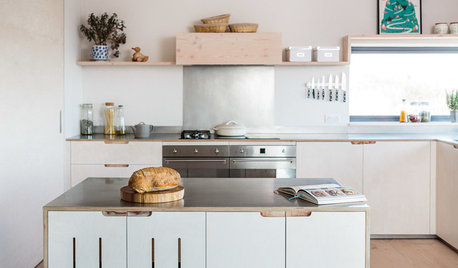
KITCHEN DESIGNBirch Plywood Keeps Things Light in a Cotswolds Kitchen
A country kitchen is packed with clever design details — including an island on wheels — that give it a modern yet natural look
Full Story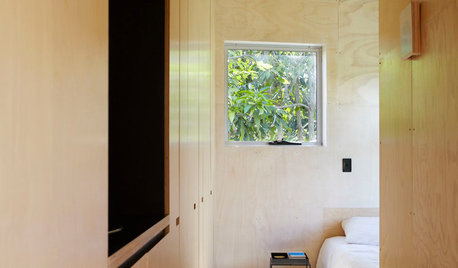
WOODDesign Workshop: Plywood as Finish
Trendproof your interior with this sensible guide to using this utilitarian material indoors
Full Story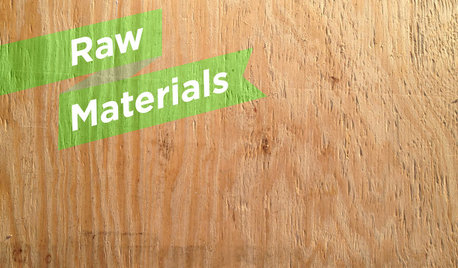
WOODThe Power of Plywood All Around the House
Of course you've heard of it, but you might not know all the uses and benefits of this workhorse building material
Full Story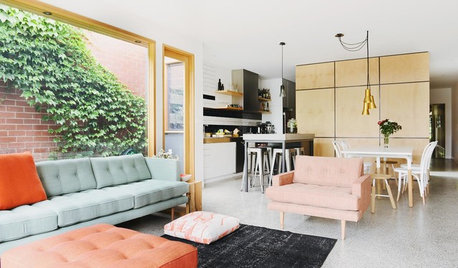
CONTEMPORARY HOMESHouzz Tour: Plywood Pod Adds a New Dimension to Living Spaces
Designers redo the back of a house for a better indoor-outdoor connection and install a clever structure for storage, function and flow
Full Story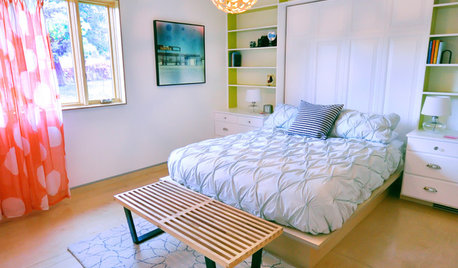
WOODTry DIY Plywood Flooring for High Gloss, Low Cost
Yup, you heard right. Laid down and shined up, plywood can run with the big flooring boys at an affordable price
Full Story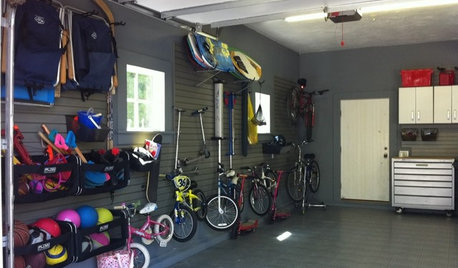
GARAGES8 Clutter-Busting Garage Storage Solutions
Never trip over tools or bumble through boxes again. These organizers, cabinets, shelves and boards will keep your garage neat and clear
Full Story
KITCHEN CABINETSChoosing New Cabinets? Here’s What to Know Before You Shop
Get the scoop on kitchen and bathroom cabinet materials and construction methods to understand your options
Full Story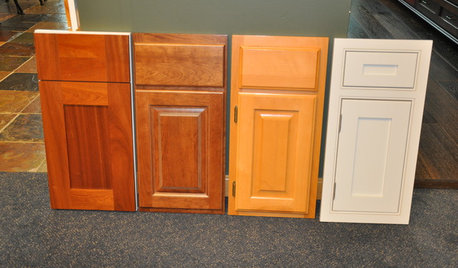
KITCHEN CABINETSLearn the Lingo of Kitchen Cabinet Door Styles
Understand door types, materials and cabinet face construction to make the right choice when you shop
Full Story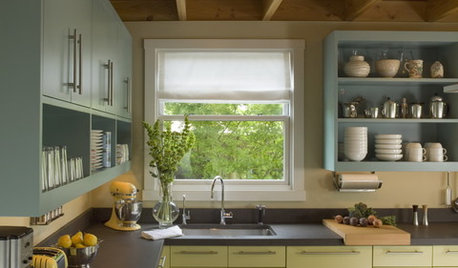
MOST POPULAR8 Great Kitchen Cabinet Color Palettes
Make your kitchen uniquely yours with painted cabinetry. Here's how (and what) to paint them
Full Story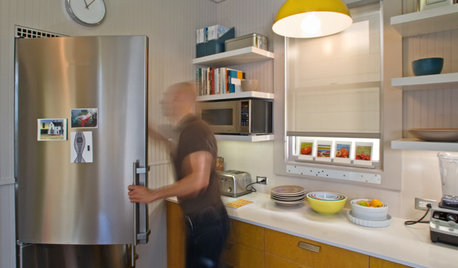
KITCHEN DESIGNKitchen of the Week: Bright and Modern in 90 Square Feet
Interior designer Steve Justrich updates his small kitchen with colorful and contemporary designs
Full StorySponsored
Central Ohio's Trusted Home Remodeler Specializing in Kitchens & Baths
More Discussions







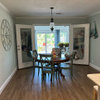
sombreuil_mongrel
raehelen
Related Professionals
Hybla Valley Kitchen & Bathroom Designers · Peru Kitchen & Bathroom Designers · Beaverton Kitchen & Bathroom Remodelers · Calverton Kitchen & Bathroom Remodelers · Panama City Kitchen & Bathroom Remodelers · Pico Rivera Kitchen & Bathroom Remodelers · Port Orange Kitchen & Bathroom Remodelers · Turlock Kitchen & Bathroom Remodelers · Walnut Creek Kitchen & Bathroom Remodelers · Weymouth Kitchen & Bathroom Remodelers · Buena Park Cabinets & Cabinetry · Lakeside Cabinets & Cabinetry · Livingston Cabinets & Cabinetry · Prior Lake Cabinets & Cabinetry · Rancho Mirage Tile and Stone Contractorspharaoh
mysterymachine
paul_ma
ccc123
brunosonio
pcjs
oruboris
sherilynn
bmorepanic
berryberry
cotehele
oskiebabu
chiefneil
bmorepanic
morton5
antiquesilver
brunosonio
bmorepanic
ni_2006Original Author
sarschlos_remodeler
judydel
kathy56_il
abbycat9990
igloochic
judydel
ni_2006Original Author
ci_lantro
jakkom
tgpdd
srchicago
talley_sue_nyc
mindimoo
cambro5
sara_the_brit_z6_ct